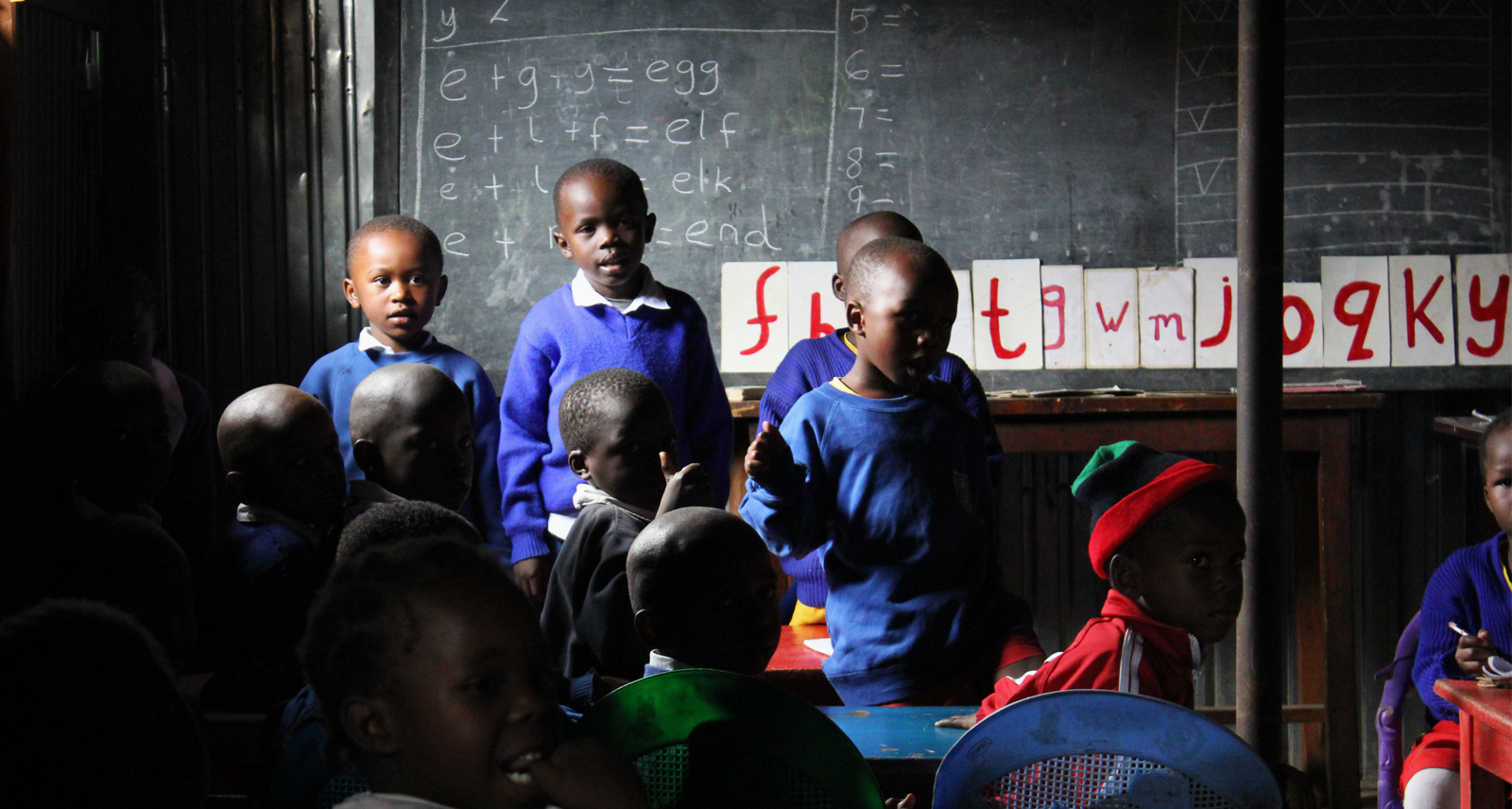Blogs

October 5th, is World Teachers Day, celebrated around the world to highlight the work that teachers play in everyday life in building societies. The theme for this year is “Young Teachers: The future of the Profession.” In Africa, and particularly in Malawi, the theme’s message could not be more poignant. The continent is at a crossroads, and decisions governments make today about the role of teachers in shaping the minds of young Africans will have long-lasting impacts.
The continent is at a crossroads, and decisions governments make today about the role of teachers in shaping the minds of young Africans will have long-lasting impacts. Share on XA 2015 report by the African Institute for Development Policy (AFIDEP) and the United Nations Population Fund (UNFPA) observed that Africa’s population structure had more young dependents compared to working-age adults. The report stated that 56 percent of Africa’s population was aged between 15 and 64, and that by 2050, that age group would grow to 62 percent. Like the rest of the world, Africa will go from high birth and death rates, to low birth and death rates, creating a youth bulge. This is what is termed as a “demographic transition.” It presents Africa with an unprecedented opportunity “to accelerate the socioeconomic transformation of the continent.” In other words, the demographic transition can become a demographic dividend.
For this to happen, governments on the continent need to invest in education, skills development, health, job creation and improved governance. Investing in these aspects will provide the necessary push to transform the continent and achieve the vision of “an integrated, prosperous and peaceful Africa, driven by its own competent citizens and representing a dynamic force in the global arena.” That vision is at the core of Africa’s continental blueprint widely known as Agenda 2063, articulated in implementation plans including the Continental Education Strategy for Africa (CESA) 2016-2025, and the Science, Technology and Innovation Strategy for Africa (STISA) 2024.
A 2016 report from the Africa Capacity Building Foundation (ACBF) observed that the “single biggest challenge to ownership of Africa’s development agenda and management of its key development programs” was rooted in critical technical skills. The continent was facing serious shortages of critical technical skills and professionals needed to drive key initiatives in the first 10-year implementation plan of Agenda 2063. There was little evidence that governments were making critical technical skills a part of national development strategies, the ACBF report stated.
In order to overcome this challenge, the report recommended nine urgent tasks. Two of these are improving capacity in the continent’s training institutions, and overhauling training and education systems. The report further recommended formation of consortia of top universities, research institutes and think tanks to drive the critical technical skills agenda.
A demographic country case study might help put into context the education imperatives facing the continent in the drive towards Agenda 2063.
Numbers from Malawi’s most recent population census, conducted in 2018, show that 13.7 million Malawians, out of 17.5 million, are aged 34 and under. This means that 78% of the Malawi population are young people under 35 years. The census report also shows that the country has 1.4 million youth aged 14-17 years old. Statistics from the Malawi Government show that the country has about 5 million primary school students, and about 380,000 secondary school students. What this reveals is that four out of five young Malawians of secondary school age, 14-17, are out of school.
Between August and September 2019, the Malawi Ministry of Education, Science and Technology (MoEST) released results for the primary and secondary school examination results. The primary school results showed that 37 percent of the students who passed had been selected to various public secondary schools, leaving out 63 percent. The secondary school results showed that 50 percent passed, down from 63 percent in 2018.
Recent numbers show that public universities enroll only about 5,000 first year students. Numbers from private universities are not available but rough estimates put first year enrollment at 5,000-10,000. Also unavailable are numbers from tertiary institutions such as teacher training, nursing, technical and vocational, but rough estimates would put their first-year enrollment at no more than 20,000.
For the past decade Malawi’s education budget has been close to, and sometimes surpassed, the Dakar Framework recommendation of 20 percent of the national budget. The proposed 2019-2020 budget, present in September, has brought that percentage down to 10.6. Regardless of whether the education budget falls below or surpasses the 20 percent mark, it has always been insufficient due to the actual size of the Malawi economy. Yet, it is only by making education a national priority that the economy can grow in a meaningful and equitable way.
Globally, the teaching profession is in a crisis. Morale is down, and young people prefer more glamorous professions such as medicine, law, engineering, and tech, among others. Many only come to teaching as a last resort. And many young teachers leave after just a few years to migrate to professions that are more attractive. A 2017 study of teachers in Malawi reported that 8 percent of secondary school teachers left the profession in 2014. Many continue to leave even now.
Malawi Government figures show that the country has about 77,000 primary school teachers, against just over 5 million primary school learners. The country needs to double the number of primary school teachers in order to reach a teacher-pupil ratio of 1:35. In other countries, 35 learners is considered a large class, and governments aim for smaller classes to improve the quality of teaching and learning.
The theme for this year’s World Teachers’ Day aims to address challenge of attracting young people to the teaching profession, hence the recognition that the future of the teaching profession lies in young teachers. Both Sustainable Development Goal 4, and the Continental Education Strategy for Africa (CESA) 2016-2025 recognise teachers as key to the achievement of the Education 2030 agenda as well as the “Africa we want.” It is these young teachers who will drive this agenda and impart the critical technical skills the continent needs. These teachers can only do that if they are highly educated and rewarded, and the profession is regarded as prestigious. These young teachers will be at the centre of the demographic transition.
Therein lies Malawi’s, and Africa’s, education imperative.
Related Posts





